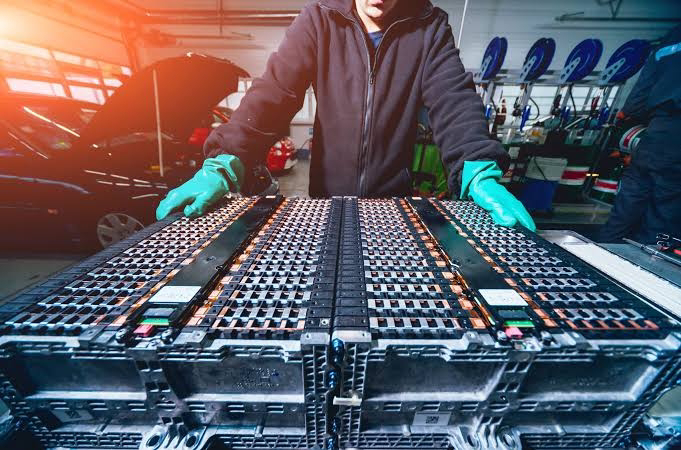Solar energy has gained significant traction as one of the cleanest and most abundant sources of renewable energy. Solar panels are the most recognizable component of a solar energy system, but equally important are the solar batteries that store the energy produced by these panels. In this blog post, we will delve into the fascinating world of solar battery manufacturing and explore how it plays a vital role in harnessing the power of the sun.
Understanding Solar Batteries: Solar batteries are designed to store the excess energy generated by solar panels during periods of high sun exposure. These batteries store the energy in the form of chemical potential energy, which can then be used during times of low sunlight or at night. The key challenge in solar battery manufacturing lies in producing batteries that can efficiently store and release the stored energy, while being durable and cost-effective.
Types of Solar Batteries: a. Lead-Acid Batteries: Traditional lead-acid batteries have been used in solar energy systems for many years. These batteries are known for their reliability and affordability. However, they have lower energy density and shorter lifespan compared to newer battery technologies.
b. Lithium-Ion Batteries: Lithium-ion batteries have revolutionized the solar battery industry. These batteries are lightweight, have higher energy density, and longer lifespan compared to lead-acid batteries. They are perfect for residential and commercial solar energy systems.
c. Flow Batteries: Flow batteries are another emerging technology in the solar battery manufacturing industry. These batteries use two electrolyte solutions that flow through a system, which provides longer lifespans and better scalability.
Manufacturing Processes: Solar battery manufacturing involves several key processes, including:
Electrode Production: The production of positive and negative electrodes involves specially formulated materials, such as lithium, cobalt, and nickel. These materials are processed and coated onto metal foils to form the electrodes.
Separator Production: Separators are thin membranes that prevent the positive and negative electrodes from coming into direct contact with each other. They allow the flow of ions while preventing short circuits.
Cell Assembly: In this step, the electrodes and separator are brought together, and an electrolyte solution is added to facilitate the movement of ions within the battery.
Battery Packing: The assembled cells are then packed into battery modules or packs. These modules are responsible for managing and protecting the individual cells and providing a connection for external devices.
Quality Control and Safety: Solar battery manufacturing involves stringent quality control measures to ensure the durability, reliability, and safety of the batteries. Manufacturers implement thorough testing procedures to check each battery's performance, capacity, and resistance to environmental factors. Safety features, such as thermal protection and overcharge/over-discharge protection, are also integrated into the battery systems.
Conclusion: Solar battery manufacturing is a crucial aspect of the solar energy industry, enabling the efficient utilization of solar power. As advancements continue in battery technology, we can expect improved energy storage solutions that further enhance the viability of solar energy for residential, commercial, and even large-scale utility applications. With ongoing research and development, solar batteries are becoming more affordable, efficient, and sustainable, paving the way for a brighter, cleaner future powered by the Sun.




No comments:
Post a Comment